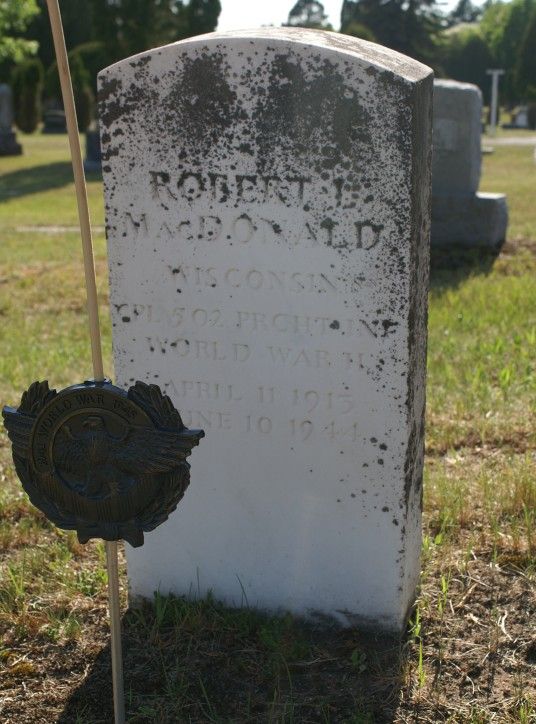I'd heard about the "dog cemetery" on the Sabine National Forest in east Texas, so was really curious to see it last week. It definitely was not what I expected.
Most markers are simple pillow stones engraved with the name of the dog, his or her regisration number, date whelped and date died, and the owners. Most also include the dog's home state; one marker even includes a metal photocopy of the dog's registration papers (complete with photo). Still, most are simple pillow stones. The marker below is an exception.
One thing that surprised me was the geographic range of the dogs -- everywhere from Arkansas to Florida. I knew there were fox hunting enthusiasts in Texas; I didn't realize this particular dog cemetery was a national one.
Another thing that surprised me was the location. When someone says a cemetery is in a national forest, I immediately picture a site similar to the Clark-Dickey-Smith cemeteries described in a previous post: a cemetery located basically in the middle of nowhere, tucked away in the woods at the end of a rather rough dirt road, and looking rather neglected and forlorn. Not this dog cemetery. It's on the northern end of the Sabine National Forest not far from the town of Shelbyville and is extremely easy to find: it's at Boles Field, a popular campground. The cemetery, in fact, sits between a line of camp sites that are set up for RVs (the sites have electrical hookups) and a paved two-lane road.
It is also obviously still an open cemetery -- only half the area enclosed by the posts is occupied; there's plenty of room for future champions to rest beneath the Texas pines.
Above photo is the back of the tablet marker at the top of this post. Below is a stock photo lifted from the internet of an American foxhound, just in case someone reads this who has no idea what the breed looks like. With the exception of the foxhound, photos were all taken November 27, 2009.
















 There appear to be two traditional in-ground graves in the house, complete with markers, but I didn't feel comfortable flopping on to the ground* to shoot a photo through the gap between the foundation and the roof.
There appear to be two traditional in-ground graves in the house, complete with markers, but I didn't feel comfortable flopping on to the ground* to shoot a photo through the gap between the foundation and the roof. 


































